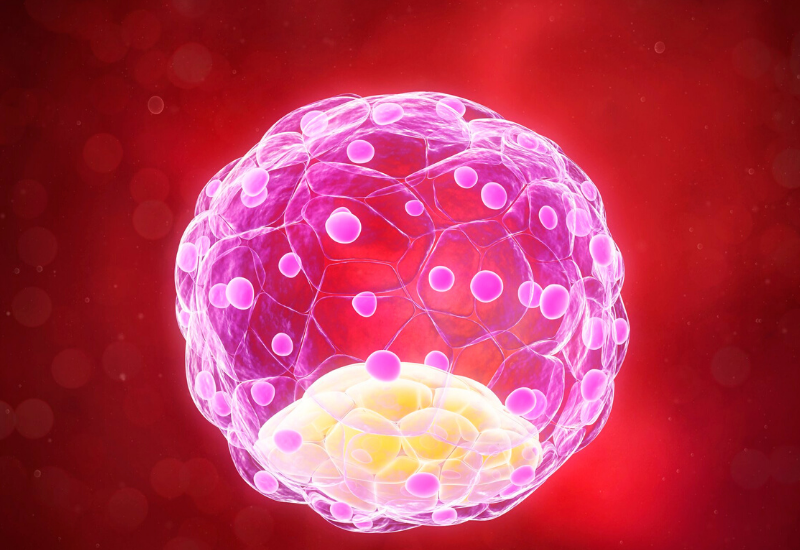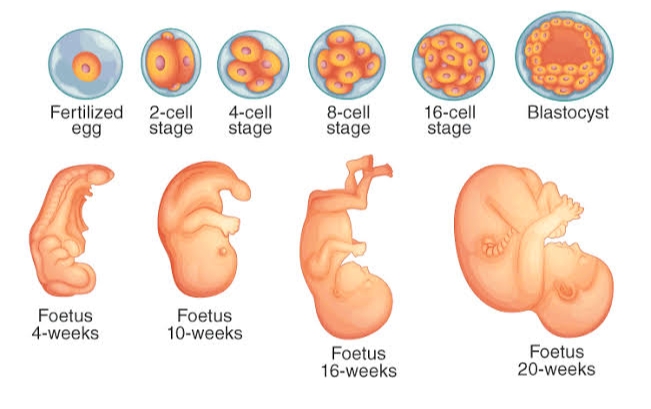With a ruling on Friday, February 16, the Alabama Supreme Court has in effect shut down all IVF (In-vitro Fertilization) across the country. The Court concluded that frozen human embryos kept in fertility clinics are “children”. The ruling has a devastating impact on couples having to pursue IVF as a way to have a child.

In-vitro fertilization is really in concept easy to understand. A couple has not been able to have a woman become pregnant by way of the usual sexual coming together for whatever the reason may be. The only option is to seek medical help in creating a fertilized human egg which subsequently is implanted into a woman’s uterus for the growth of a child until the moment of birth.
This all happens under medical supervision and treatment. Under normal circumstances, only one egg is released each month from an ovary and pregnancy results when a man’s sperm joins this egg inside the woman’s body. Under medical treatment, a woman undergoes a series of hormone injections that results in multiple eggs being released from an ovary. These eggs are collected and fertilized in a laboratory with sperm provided by a man. The process is called “in-vitro fertilization” as opposed to “in-vivo fertilization” which is inside a woman’s body. Many eggs are typically fertilized.
The fertilized eggs, now called oocytes or embryos, can be kept viable (alive) when frozen at negative 320 degrees Fahrenheit, which is the temperature of liquid nitrogen. This extremely cold temperature halts all metabolism (biological development) of the embryo allowing embryos to be safely stored for an indefinite period of time.
When a woman has been cared for medically and the time is right, one of these eggs is carefully thawed and implanted in her uterus resulting in a pregnancy. If the woman whose eggs were collected has physiological issues (problems with her uterus), sometimes a surrogate woman is chosen to carry the pregnancy to term.
The giant issue comes with what to do with the unused fertilized eggs that are frozen. There may be several not used eggs. And across the country, there are likely tens of thousands of such eggs being held frozen in nitrogen. To now, these eggs have later been destroyed or given for biological research. With the Alabama court ruling the fertilized eggs (embryos) are children, this could create potential criminal charges for murder for the IVF clinics and even for the couples who have agreed to either dispose of unused eggs or donate them to science.
What are we talking about here. When egg meets sperm and joins, there is one egg, one cell. Within about 5-7 days later, there are something around 200-300 cells in a scientific arrangement called a blastocyst. I have included graphics to illustrate these. The underlying question is when does a fertilized egg become a person. The Alabama Supreme Court decided it is at the moment of an egg joining a sperm cell.
If this ruling stands as an absolute across the country, it could well mean the end of all abortion including that resulting from the “morning after” pill. It could mean the end of abortion even in cases where it has been medically determined such a genetic error has occurred that the fetus inside the woman has no chance of being born alive but is alive at the moment. Certainly, it ends any choice of abortion in the case of rape or incest. Maybe one abortion choice that does remain is when the woman’s life is at risk.
So, all sorts of religious and ethical issues now really have to be dealt with. The answers are not clear or easy ones.
One side on the abortion issue would applaud the Alabama court ruling. The other would condemn it and has taken the position abortion should be available to a woman to the moment of birth of a child. It seems to me neither absolute is tolerable. Where lines are drawn is not clear. It is up to our society to figure that out.

